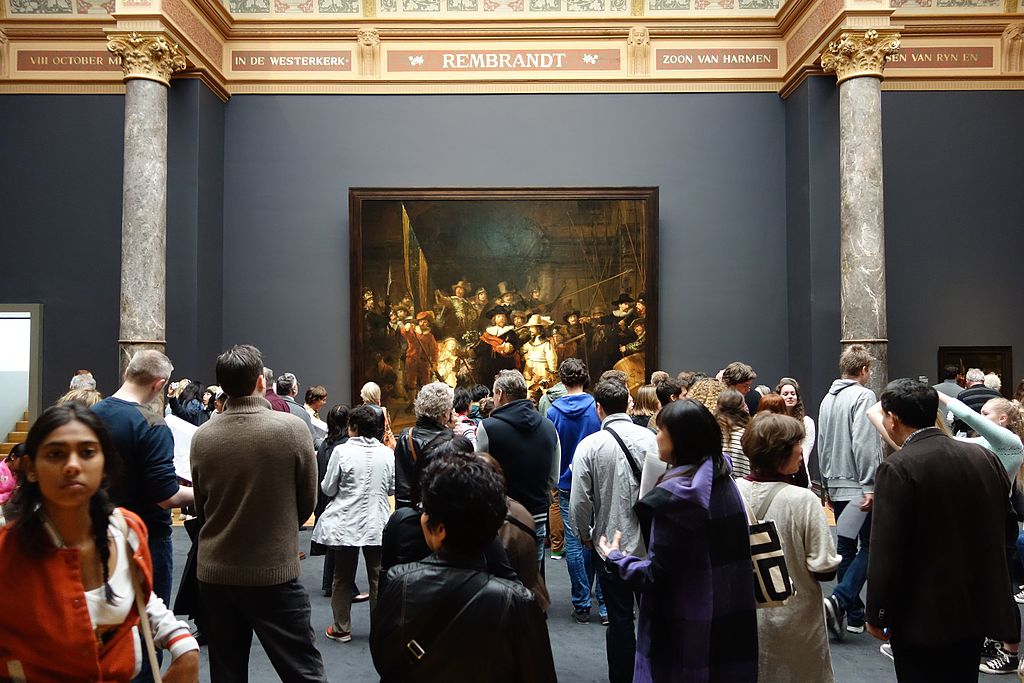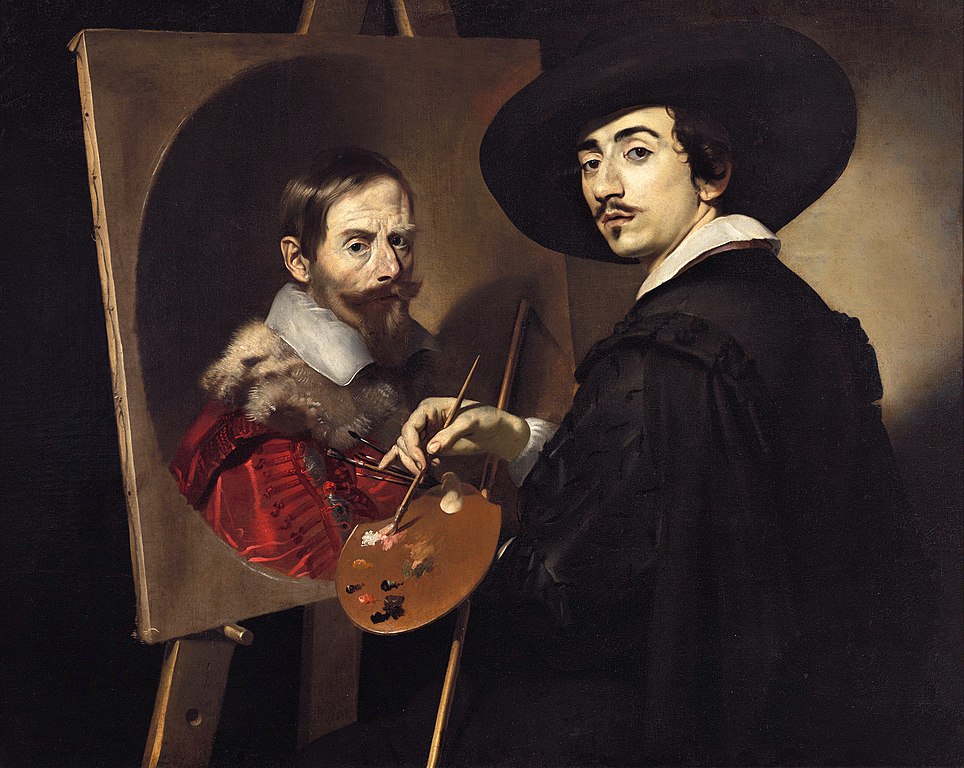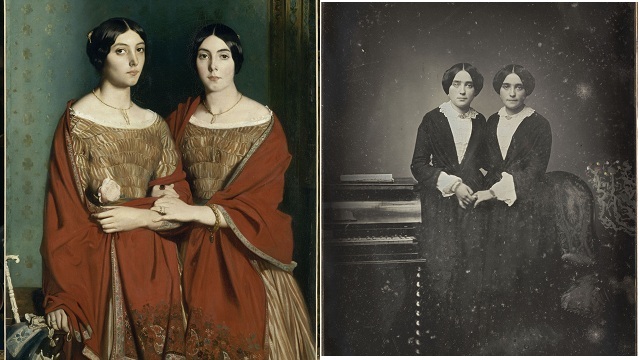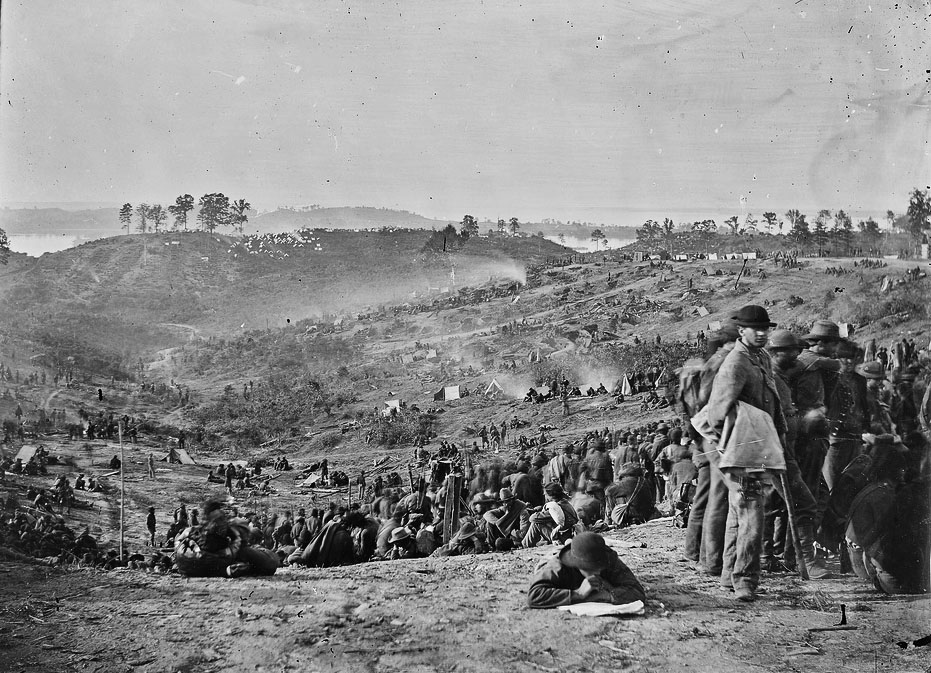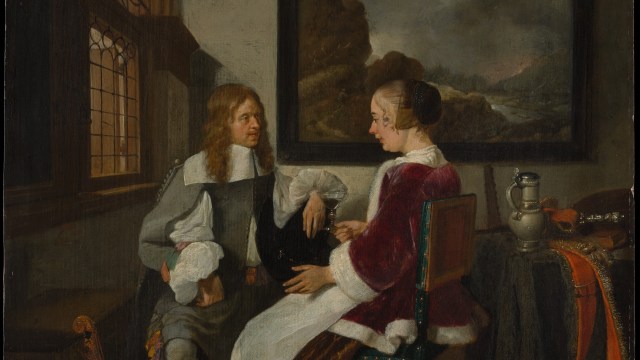Rare moments when history was accidentally captured on camera
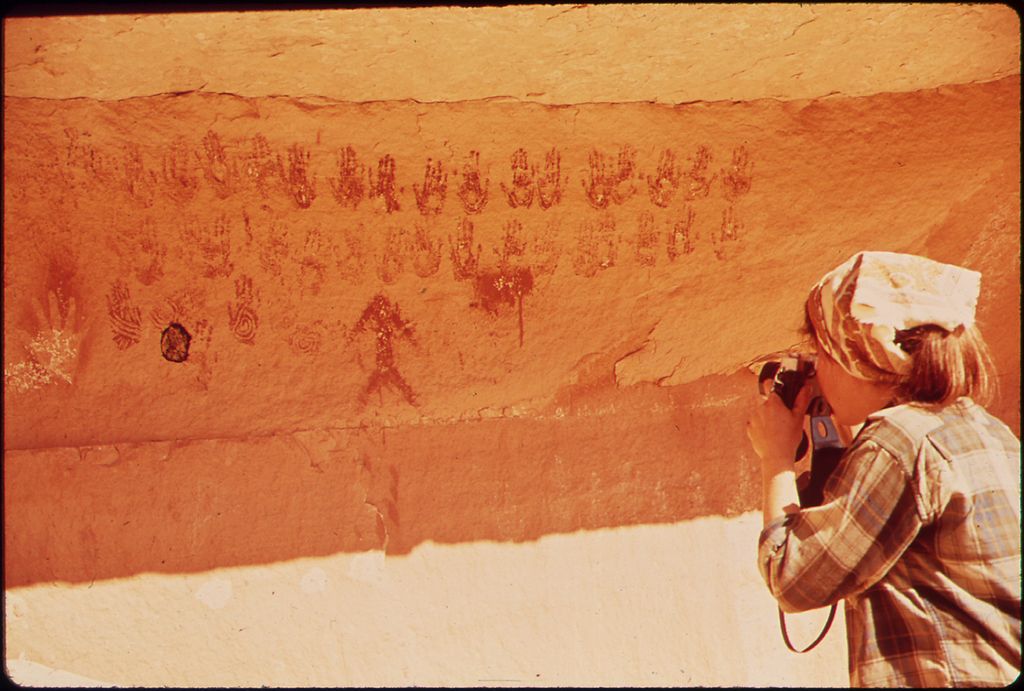
- There are numerous famous photographs depicting history as it unfolded, sometimes accidentally.
- Pictures from the Mexican Revolution hint at future betrayals between revolutionary leaders, while an unknowing photographer in Munich may have spotted Hitler before the rest of the world did.
- Though photographs are generally more reliable than paintings, they sometimes prove to be just as misleading.
For most of human history, historic events were visualized only in the form of paintings. These events were always retroactively reconstructed, their substance and appearance subject to the imperfect memory and technical skill of the craftsman in question, not to mention their attitude toward the artistic movements of the time.
The ways in which we pictured historic events were often markedly different from the way historians agree that these events actually took place. Emanuel Leutze painted Washington Crossing the Delaware almost seventy years after the American Revolution had concluded. His idealistic style, influenced by the Renaissance creations of Michelangelo and Raphael, endowed Washington’s campaign with a sense of grace and magnanimity it could have never possessed.
All this changed with the invention of the camera, a device that could record events as they really were, and while they actually were taking place. Suddenly, European lords and ladies could no longer hide their aging bodies, scars, and physical deformities behind the brush strokes of their portrait painters, and snapshots of warfare showed harrowing massacres where renowned artists had only seen deeds of heroism.
Unlike history paintings, which only ever recorded things that had already happened, photographers could sometimes catch glimpses of important historical events before those events actually took place. There are numerous pictures that, at the time they were being taken, were deemed inconspicuous or insignificant, only to acquire a drastically new meaning over time. Here are some examples.
A deadly embrace
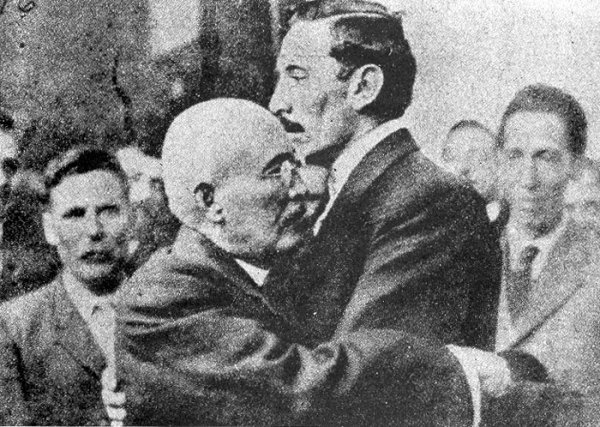
The Mexican Revolution produced an abundance of iconic documentary photographs. In the span of just two decades, Mexico saw close to a dozen politicians and revolutionaries hijack the country’s presidential palace. Leaders were repeatedly betrayed by friends and allies. Some grew wary of cameras, as the machinery was often used to disguise weapons.
The photograph above depicts an embrace between two powerful revolutionary figures: Victoriano Huerta (left) and Pascual Orozco (right). When Huerta and Orozco first met, they were mortal enemies. Orozco, a local militia commander from the north of Mexico, had sided with businessman Francisco I. Madero’s campaign to overthrow the country’s long-time, anti-democratic president, Porfirio Díaz.
When, after becoming Mexico’s next president, Madero failed to deliver on most of his revolutionary promises, Orozco was among the first of his constituents to rebel. In a move that would ultimately lead to his own death, Madero pulled Huerta — a seasoned general who had earned his stripes under Díaz — out of retirement to crush Orozco, which he, true to his reputation, did with brute force and lack of mercy.
After defeating and wounding Orozco, Huerta returned to Mexico City where — once he perceived an opportunity — he assassinated Madero and took over the federal government. Huerta’s illegitimate claim to the presidency angered most of the remaining revolutionary factions. With only the federal army at his side, Huerta had nowhere to turn but to the revolutionary he had attempted to murder mere months ago.
Orozco’s unexpected acceptance of Huerta’s allegiance was sealed with an embrace, at a heavily publicized event. Orozco, still recovering from his injuries, agreed under the condition that Huerta’s government pass a number of immediate economic reforms in his home region, including a law that dictates local businesses must pay their employees in hard cash as opposed to store credit.
Neither person was happy with this arrangement, and their distrust is reflected in their awkward posture. Unlike Madero, Huerta was not killed when he was overthrown. Instead, he fled abroad to gather support for his counterattack. Less than two years after Huerta’s deposition, he and Orozco were arrested in Texas for attempting to make contact with Germany during World War I. Orozco was able to flee, but Huerta died in a prison in El Paso.
Photobombed by Adolf Hitler

On Sunday, August 2, 1914, thousands of Germans rushed toward the Odeonsplatz, a large square in the center of Munich, to celebrate the news that Germany was going to war with France and Great Britain. The picture shown above is just one of many that were taken during this historic day.
Over the course of the next two decades, these photos slowly faded into obscurity — until it was discovered that one of them contained, somewhere in the surging crowd, the face of what seemed to be a young Adolf Hitler taking part in the festivities. Hitler, who was known to have been living in Munich at the time, was overjoyed by the announcement. Surviving on money earned from selling his watercolor paintings, the future Führer hoped war would give direction to his as of yet aimless life.
Discovering Hitler in a picture taken at a time before he became infamous is a little like discovering a ghost. Not everyone was convinced by the photo’s authenticity, and the skeptics had their reasons. While Hitler frequently discussed his response to the start of World War I, he never mentioned — either in person or in writing — that he attended the celebration at Odeonsplatz.
It has been proposed that the picture was edited. This is not unthinkable, especially considering the picture was first recovered in the early 1930s by a Nazi paper. Both in his own conversations and in the media, Hitler’s past was continuously twisted to match his constantly evolving ideology; spotting Hitler in a crowd of citizens not only indicated the deep roots of his nationalism but also his humble origin as an ordinary, average German.
At the same time, several scholars have judged the picture as authentic in order to discuss its cultural significance. “The image,” Thomas Weber writes in his book, Hitler’s First War, “clearly demonstrates two things: that Munich was infected with public enthusiasm for the war and that Hitler was a representative of the average and ordinary Munich population.”
Whether it’s real or fake, the picture’s underlying allure — the idea that an all but ubiquitous historical personage spent the first half of his life living in complete anonymity — is certainly no fantasy. Like most other totalitarians of the 20th century, including Vladimir Lenin, Mao Zhedong, and Benito Mussolini, Hitler was an outsider to the political establishment, using his unremarkable background as a selling point.
How Joseph Stalin photoshopped history
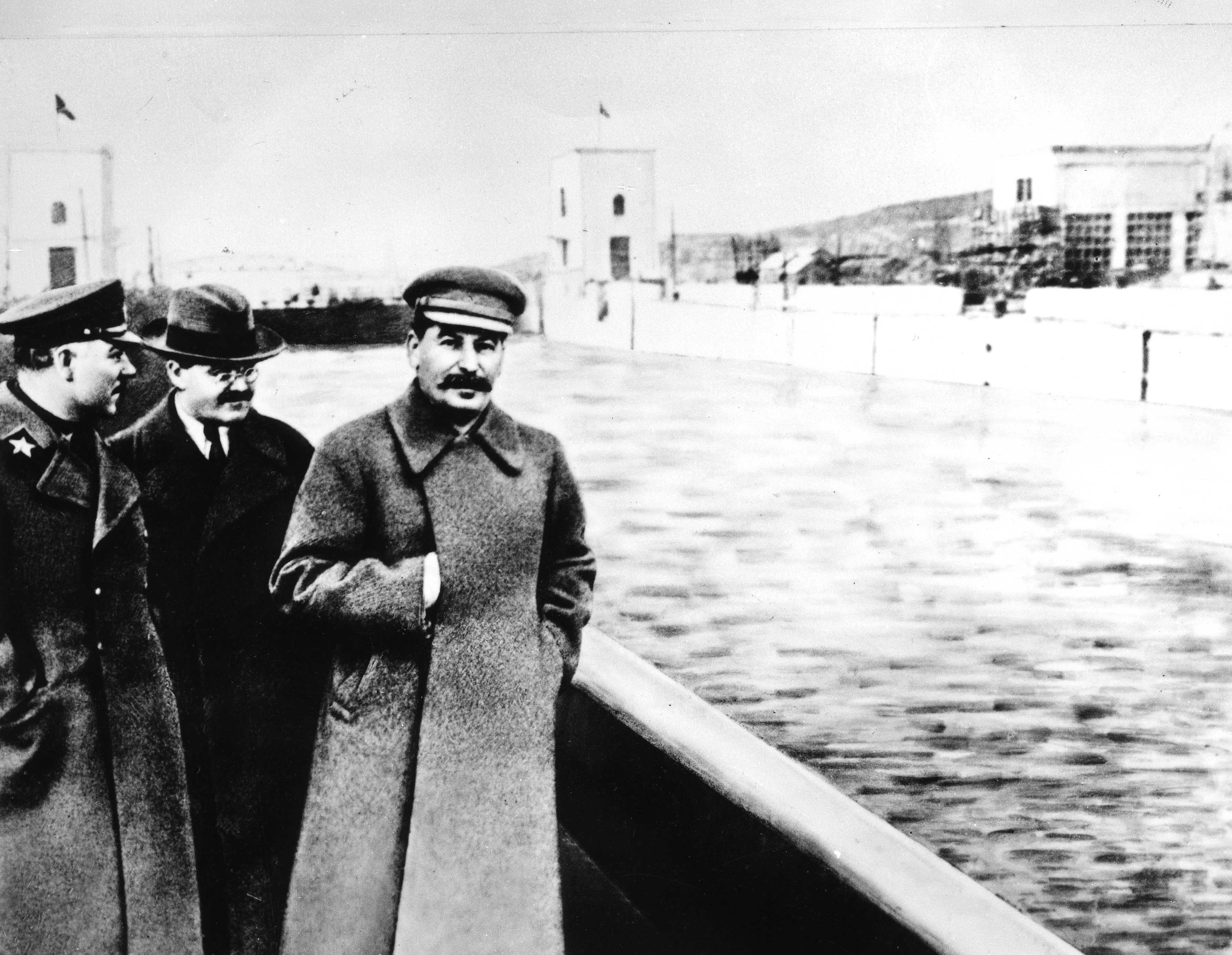
Nikolai Yezhov served many roles in the Communist Party. He joined the political organization shortly before the October Revolution and fought in the Red Army during the subsequent Russian Civil War. After the war, Yezhov worked as the instructor of the Party’s Account and Distribution Department, and he was later appointed the Deputy People’s Commissar for Agriculture. It’s his last job, however, for which he is most often remembered today.
From 1936 to 1938, Yezhov was in charge of the People’s Commissariat for Internal Affairs, otherwise known as the NKVD. He was awarded the position after demonstrating his readiness to process falsified accusations against some of Stalin’s biggest opponents within the Communist Party, a decision that ultimately led to the executions of longtime Bolsheviks Lev Kamenev and Grigory Zinoviev.
As head of the NKVD, Yezhov facilitated Stalin’s persecution of any Soviet citizen that threatened, let alone questioned, his rule. In just a single year, an estimated 750,000 people were arrested and executed, including Yezhov’s old boss, Genrikh Yagoda. Many more were taken to the gulags — a network of prison camps scattered across the Siberian tundra that nearly tripled in size when Yezhov was in charge.
Yezhov fell from grace at the start of 1938, when he ordered the arrest of someone closer to Stalin than himself. Lavrentiy Beria, a Party delegate in Georgia who oversaw Stalin’s Purge in Transcaucasia, was warned of Yezhov’s intentions and traveled to Moscow to plead his innocence to Stalin. Beria succeeded, and over the next few months, Yezhov’s underlings were gradually replaced with Beria’s. Recognizing his immanent demise, Yezhov succumbed to alcoholism which, along with unsubstantiated claims of homosexuality, was included in the charges that warranted his arrest and execution in 1939.
Stalin managed to stay in power not just through his purging; propaganda was equally if not more important when it came to keeping together his cult of personality. The dictator censored newspapers and commissioned artwork that greatly amplified his role in the history of the Party. Those who opposed Stalin, like Leon Trotsky, were literally removed from the history books.
Yezhov, too, was edited out, though traces of his existence still remain. The photograph featured above originally looked like this: it showed Stalin, walking along the banks of the Moscow Canal with Yezhov to his left. At the time the picture was taken (1937), Yezhov was still on good terms with Stalin. When the bloodshed of the Great Purge was blamed on him, Stalin had Yezhov removed from their photographs together, effectively deleting any visual hint of their onetime friendship and collaboration.
